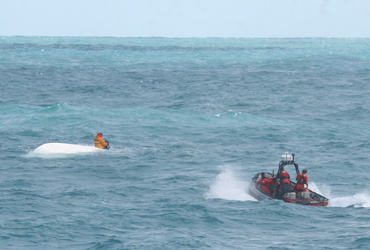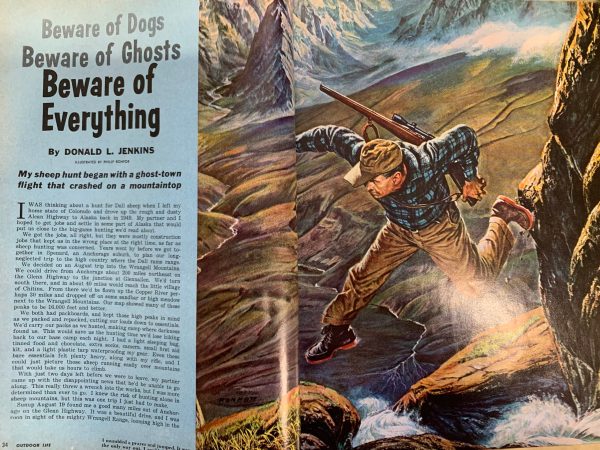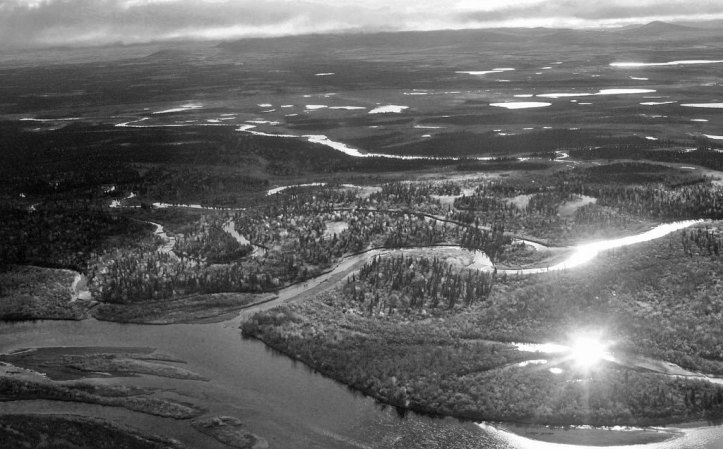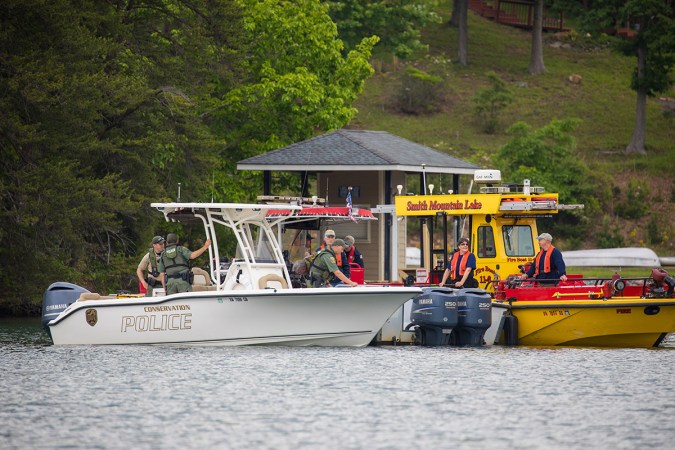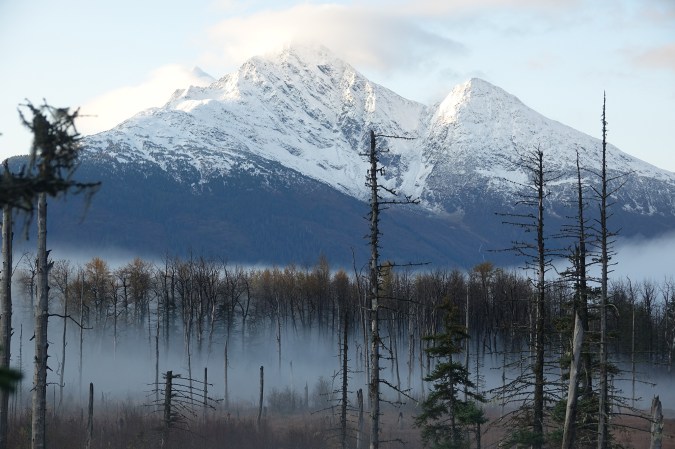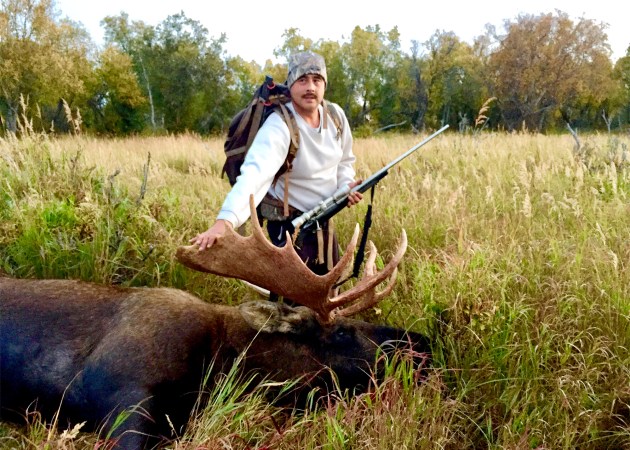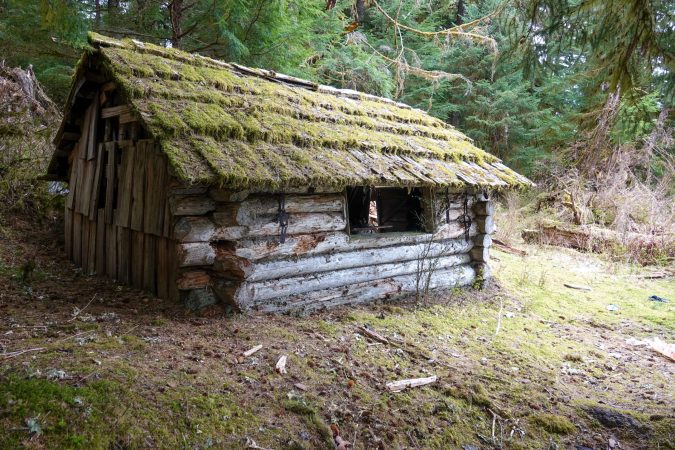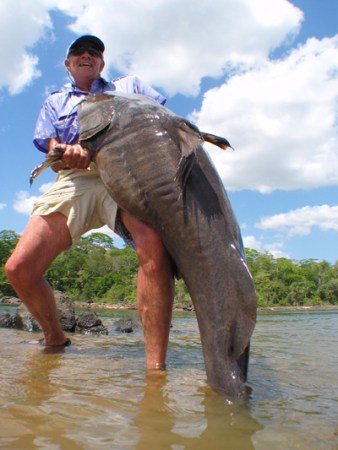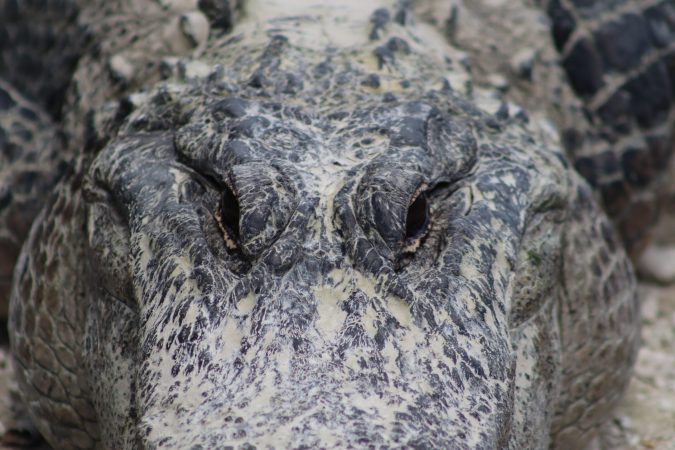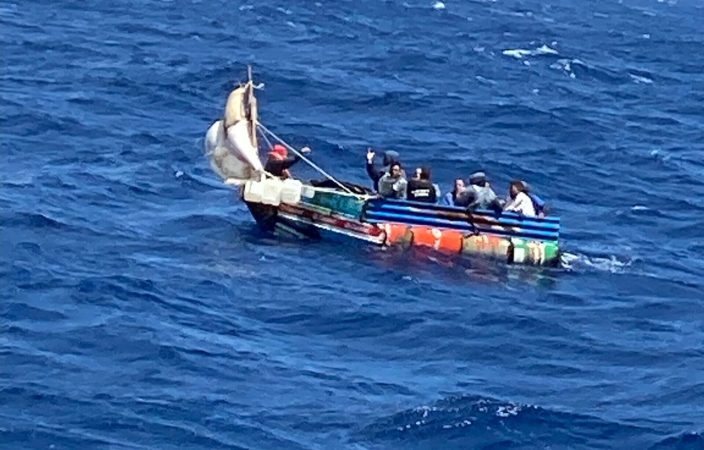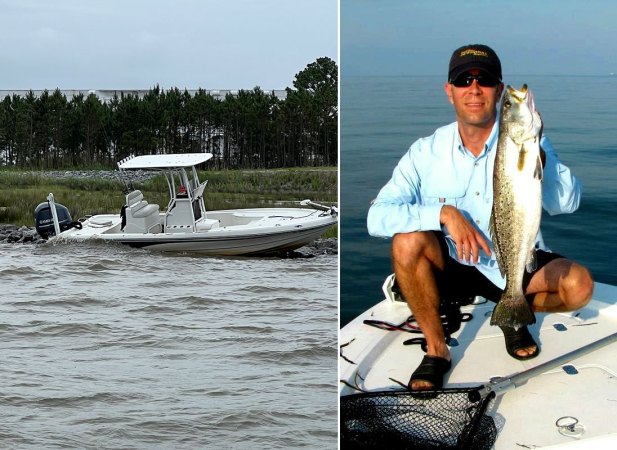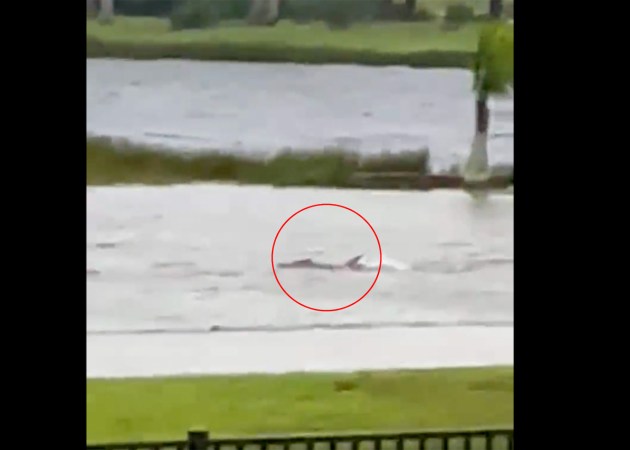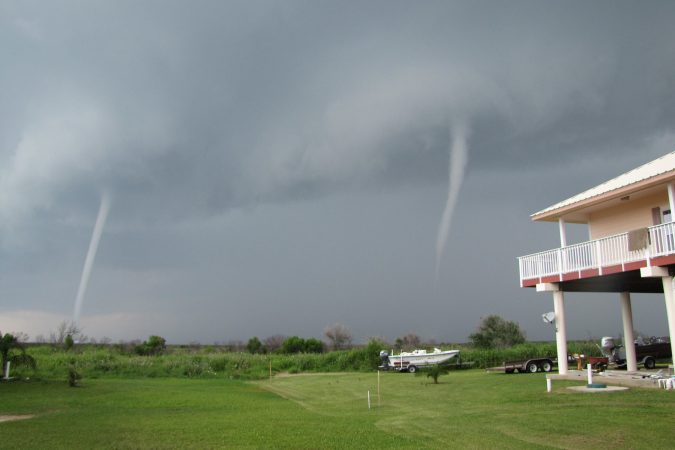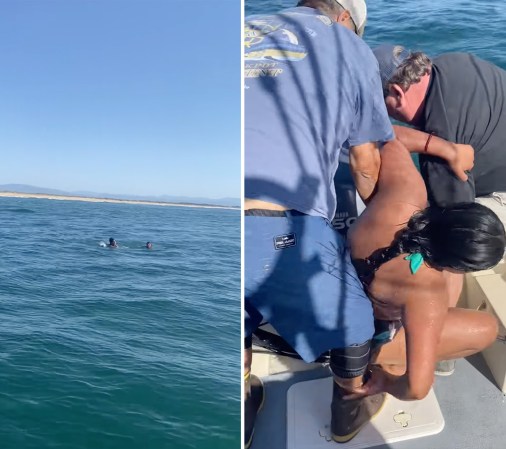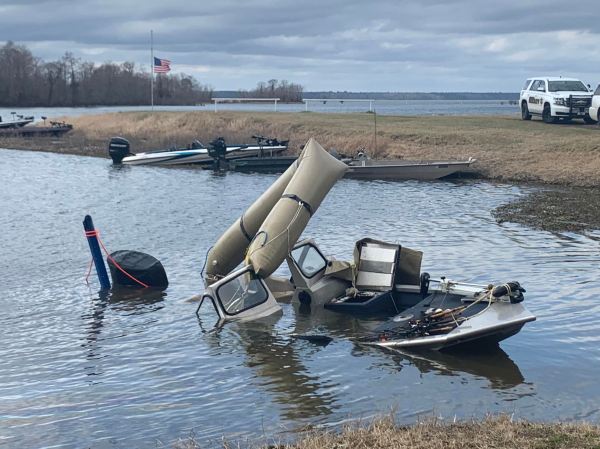UPDATE: The Coast Guard will reportedly end its bid to find three missing athletes whose boat capsized off Florida’s Gulf Coast. One man, Nick Schuyler was found clinging to the capsized vessel and rescued. Still missing are Oakland Raiders linebacker Marquis Cooper, free-agent defensive lineman Corey Smith and former college standout William Bleakley.
Reports indicate that the four men were fishing Gulf waters off the coast of Clearwater Saturday in a 21-foot center console and reported missing when they did not return to port during deteriorating weather conditions and high seas.
Late-winter/early spring weather conditions are particularly unpredictable, a cautionary tale for boaters along the coast of Florida and in some other areas of the country. Here’s a look particularly perilous waters and how to avoid their wrath.
Fishing is a benign activity–most of the time. Sunburn or a hooked finger aside, anglers usually have little to be concerned about.
That’s not the case, however, for those who frequent America’s most dangerous fisheries. Every year, some anglers drown, are dashed against rocks, are struck by lightning or are injured in boat collisions.
Six fisheries stand head-and-shoulders above the rest for sheer, unmitigated peril. Each has unique hazards that set it apart and qualify it for Deadly Water status.
1. COLUMBIA BAR
Sailors call the mouth of the Columbia River “the graveyard of the Pacific.” A better name might be “salmon fisherman’s nightmare.” The river’s powerful current collides with wind-driven ocean swells, generating killer waves that can capsize boats or run them aground. Unfortunately for anglers, the most chaotic surf occurs on the seaward side of Buoy 10–smack in the heart of one of the Pacific Northwest’s finest salmon fisheries.
“With banner salmon runs the past few seasons, a lot of folks have gone out to fish the bar,” says Terry Rudnick, a boating information specialist for Washington State Parks. “A lot of those people have no business being out there.”
When the salmon are running, 500 small boats can be seen working the estuary–everything from seaworthy cruisers to johnboats and rubber dinghies. When the waves kick up, weak boats suffer.
During a six-week period in 2001, the local U.S. Coast Guard station responded to more than 300 calls for rescue. Thirteen boaters lost their lives.
“On one hellacious day, we had two accidents with three fatalities,” Rudnick recalls. “Two boats got into the surf at Peacock Spit, tried to turn around and were capsized.”
The worst conditions occur when the tide ebbs and a strong wind blows in from the west. “With all that water rushing out and a twenty-five- to thirty-mile-per-hour wind blowing in, we get some monster swells,” Rudnick says.
Offshore anglers headed back into the river often find themselves blocked by the line of rollers that forms across the bar. “Ten- to twelve-foot swells aren’t unusual, and it all looks the same from the outside,” Rudnick says. “It’s easy to get misled out there.”
Deadly Facts
–The worst surf conditions tend to occur just north of the river channel near Peacock Spit. Waves often break from three directions at once.
–Oceangoing cargo ships add another element of danger to the unique flotilla of vessels milling about at the bar.
2. GREAT LAKES
Given their combined 94,250 square miles of surface area, there’s a lot of room in the Great Lakes for fishermen to get into trouble And with nearly 34 million people living along the lakes’ shores, plenty of anglers do exactly that. Last year alone, Coast Guard crews dashed out to execute 6,887 rescues on the five lakes.
“Fishermen need to have respect for the lakes, because they can kill you in so many ways,” says LTJG Ron Kooper, who is based at the Coast Guard’s Sault Sainte Marie detachment.
Weather accounts for most of the damage.
“We’ll get some pretty good storms on the lakes,” Kooper says. “And a lot of them aren’t forecast.”
In other words, storms can seem to appear from nowhere–like, for example, the infamous “white squalls” that occasionally shatter summer calms.
Walter Hoagman, an extension agent for the Michigan Sea Grant, was steering his 24-foot cabin cruiser across Lake Huron’s Saginaw Bay in July 1995 when a squall struck. “The sea ahead became suddenly flecked with white, as if a tremendous school of fish were thrashing the water,” Hoagman said in a written account of the experience. “The white zone barreled down on us at amazing speed. Before Athelia [his wife] could even throttle back, the white zone swept past us and the bow violently slewed off course despite all she could do.”
In a matter of just minutes, the Hoagmans found themselves battling fierce 80-mile-an-hour winds and 12-foot waves cresting like Christmas trees. After three harrowing hours, the storm broke and the shaken pair continued to their destination at Tawas Point, lucky and grateful to be alive.
Most Great Lakes storms aren’t nearly as unexpected, but they are no less dangerous. Lt. Kooper notes that the worst weather tends to occur near the junctions of Lake Superior, Lake Huron and Lake Michigan.
“Lake Superior is unique in that it has few land masses to block the winds coming off the prairies,” Kooper explains. “Last year, our station performed one hundred and three search-and-rescue missions in Superior, northern Huron and northern Michigan.”
Deadly Facts
–Storms aren’t the only hazards the Great Lakes have to offer; unmarked commercial fishing nets have snagged their share of propellers.
–The lakes’ cold waters make hypothermia a very real risk for fishermen; it is a constant threat, especially during the popular icefishing season.
–In 2001, there were 6,419 serious recreational boating accidents; they resulted in 681 fatalities and 4,274 injuries.
–Seventy-three percent of the deaths were by drowning. Life jackets could have prevented 84 percent, or 417, of them.
3. TAMPA BAY
Few other places in the country have weather as violently unpredictable as Florida’s Tampa Bay. “In the summertime, the weather can change in a heartbeat,” says Jon Saltzgaver, a law enforcement officer with the Florida Fish and Wildlife Conservation Commission. “We get thunderstorms that come up literally in minutes. You can be out fishing on a calm, beautiful afternoon, and fifteen minutes later you’re in a tremendous thunderstorm with wind, lightning and waves.”
Saltzgaver says pop-up thunderstorms happen almost every day from mid-June to late September.
The storms are as powerful as they are routine. Commission spokesman Gary Morse, a former boating instructor, calls Tampa Bay’s thunderstorms “the second most violent found anywhere.”
The storms wreak havoc on small boats. Morse says roughly 110,000 powerboats are registered to people in the three counties surrounding the bay, and a lot of those boats end up on the water during thunderstorm season. “We have too many beginners who don’t have the training to deal with these weather conditions,” he says.
The key to staying safe, Morse adds, is to run for port as soon as dark clouds appear on the horizon. “If you can’t get off the water, hunker down in a protected place,” he says. “Try to seek shelter under one of the big bridges in the bay. You don’t want to be caught out in the open, because the winds in those thunderstorms run from thirty-five to fifty-five knots and the waves usually run three to five feet.”
Deadly Facts
–The name “Tampa” comes from a Native American word for “lightning,” a testament to the summer storms that rake the bay.
–Tampa Bay thunderstorms are particularly violent, often spawning tornadoes and routinely generating straight-line winds of 35 to 55 knots.
4. WHITE RIVER
Arkansas’s White River, one of the finest tailwater trout fisheries in the U.S., can look deceptively calm to the eye, but beneath the placid demeanor is a river system that has claimed many victims.
The danger comes from fast-rising water. Each of the dams that feed the fisheries on the White, Little Red and North Fork rivers generates power. When the turbines start up, the rivers’ flows increase dramatically.
“There are eight turbines in Bull Shoals Dam on the White,” says Mark Oliver, district fisheries biologist for the Arkansas Game and Fish Commission. “When all of them are switched on, the flow can go from fifty cubic feet per second to more than twenty-two thousand.”
Anglers who wade must flee or drown.
“A lot of wade fishermen end up becoming stranded, especially if they happen to be on the wrong side of the river when the water comes up,” Oliver says.
The greatest danger, however, is to people who fish from boats.
“One of the favorite fishing tactics of anglers on the White is to anchor a boat at both ends so that it’s sitting perpendicular to the current,” Oliver explains. “That way, all the people in the boat can fish downstream. It’s effective, but it’s dangerous. If the river comes up and your anchor ropes are too short, your boat gets swamped. If you don’t swamp, the fast flow under the boat can high-side you and flip you over.”
The river’s record-class brown trout draw more anglers each year, and with them comes an increase in the number of incidents.
“My advice to someone coming in here is to pick out a landmark such as a rock in the river and watch that,” Oliver says. “If the water starts rising on it, head for shore.”
Deadly Facts
–When dams begin generating power, they sound horns to warn downstream anglers. But since most of the trout fisheries extend many miles downstream, few anglers are close enough to hear them.
–River levels rise fastest near the dams; anglers farther downstream usually have more time to react.
5. NEW RIVER
The Shawnee Indians had a name for West Virginia’s New River–they called it “the river of death.” That wasn’t stretching the truth.
Late along its 320-mile course, the New drops into a deep canyon littered with whitewater rapids. Every year, seemingly without fail, those rapids claim the lives of three to five unfortunate anglers.
“The river creates conditions that most boaters simply can’t handle,” says Dave Arnold, a veteran fishing guide and managing partner of Class VI River Runners. “Anybody who runs the New River, especially in the lower end of the gorge, bears a huge risk of being hurt or drowned.”
Southern West Virginia’s steep topography makes the river susceptible to quick rises during heavy rains. The New gets ugly during high flows. The center of the river becomes a giant wave train, with few spots to escape the relentless current.
Seemingly benign low-water conditions can turn out to be every bit as dangerous, however.
“Low water creates the risk of entrapment,” Arnold says. “On the New, most fatalities occur when someone’s foot or arm is wedged between rocks. The current pushes his head underwater and he can’t escape.”
Arnold suggests that anglers who come to fish for the river’s trophy smallmouth bass should plan to hire a guide. “There’s never been a death from a commercial whitewater fishing trip in West Virginia,” he emphasizes.
The river can trip up even the best boatmen, however. Brian “Squirrel” Hager, a guide with over 21 years of experience, took an unexpected swim last summer in the New’s infamous Lower Keeney Rapids.
“If you had told me there was a one-in-a-thousand chance of flipping there, I would have laughed at you,” Hager says. “I’ve probably taken fishermen through those rapids a hundred times at that same water level in exactly the same way, and that was the first time I ever flipped. But that just goes to show you how unpredictable this river can be.”
Deadly Facts
–The New River’s volume averages about 3,500 cubic feet per second, but can swell to more than 20,000 with runoff from rain and snow.
–The river’s lower gorge has 22 named rapids in an eight-mile stretch. Several of them are Class IV-plus.
–On average, the New River claims the lives of three to five anglers each year.
6. HELLS CANYON, SNAKE RIVER
Big fish, big water and big engines make a volatile combination. And nowhere is that combination more often ignited than in the aptly named Hells Canyon of the Snake River between Washington and Idaho.
“It’s the capital of the aluminum jet boat world,” says Larry Barrett, a fisheries biologist for the Idaho Fish and Game Department. “Fortunately for us, the canyon has enough of a bad reputation that we don’t get too many inexperienced boaters.”
The Snake’s heavy flows, violent rapids and rocky bottom do a good job of weeding out the foolish and unwary. “There are lots of places and ways to get into trouble,” says Barrett, who regularly runs the canyon’s rapids to fish for sturgeon. “What most people fail to realize is that it’s a lot harder to run these rapids upstream in a jet boat than it is to run them downstream in a raft.”
Most jet-boat accidents occur when the boats run over submerged rocks and their engines are disabled. “In low-water years, people hit a lot of rocks,” Barrett says. “We had a big boat sink a couple of years ago when it went nose-first into a wave and just swamped. The boat is still there. I saw another accident where a very powerful boat missed a curve and ended twenty feet up on the bank. The two fishermen weren’t hurt; they just sat there with the boat and waited for someone to come and rescue them.”
Interestingly, most fatalities take place when people leave their boats and try to wade the Snake’s treacherous currents. “Most of the fatalities are fishermen,” Barrett says.
He adds that the best way to avoid becoming another Hells Canyon statistic is to become an expert whitewater jet boater or–if you don’t have the time or inclination to do that–to hire one. “If you want to experience catching an eight-foot sturgeon, hire an outfitter,” he says. “Don’t try running the canyon. It chews up and spits out the clueless.”
The same can be said of any of America’s waters–many of which can turn deadly. Cautious and well-prepared anglers survive and prosper; rewards, in the form of trophy fish, abound for them. Foolish and unprepared anglers beg for trouble; the consequences are injury or death.
Deadly Facts
–Even though some of the jet boats that ply the Snake are capable of speeds up to 60 mph, they have trouble fighting upstream through some of the river’s heaviest rapids.
–Hells Canyon is the deepest gorge in North America, even deeper than the Grand Canyon of the Colorado.
